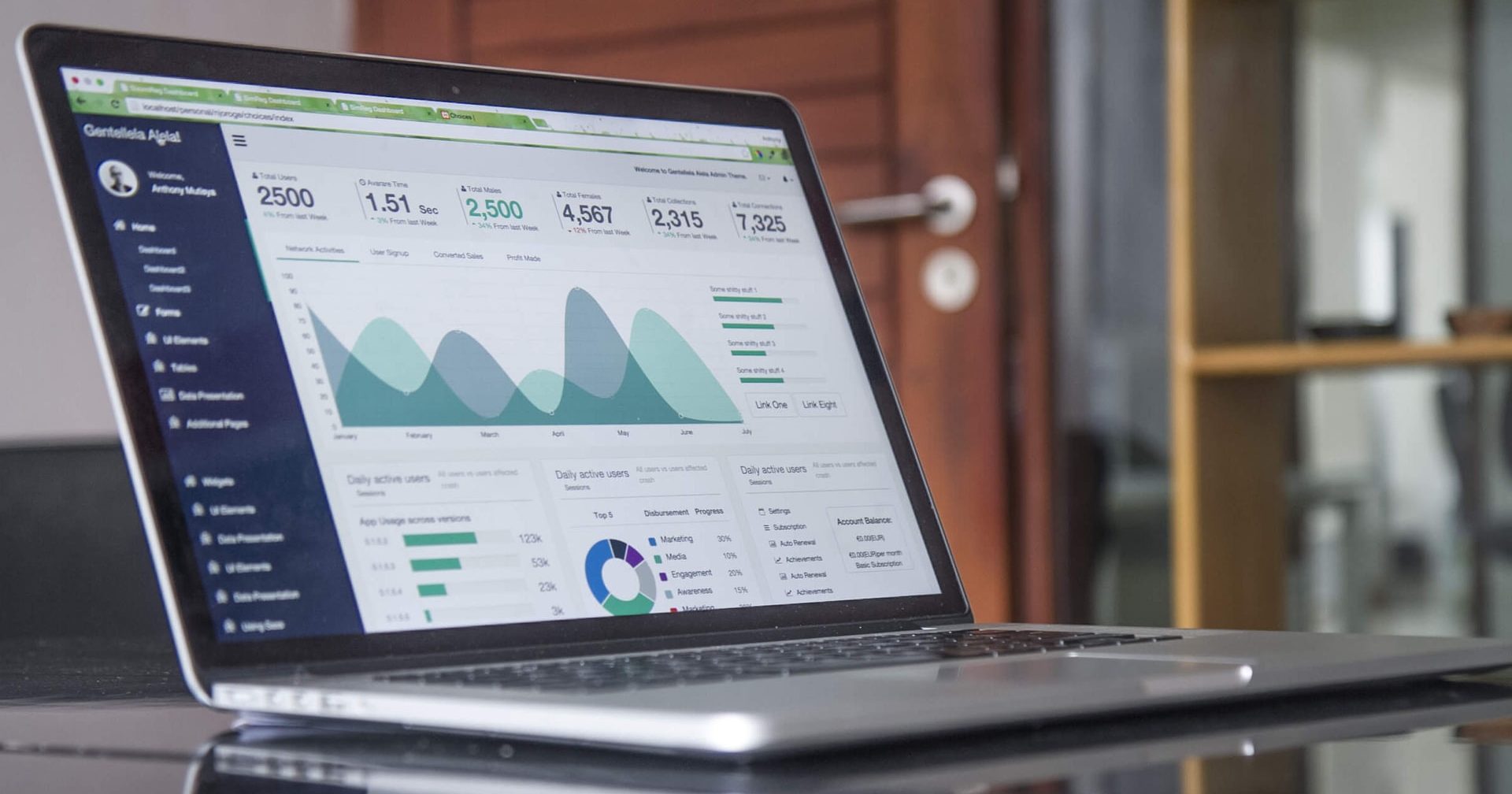There is a lot of truth in data, especially when it comes to expense tracking. Once you have the data the truth behind the numbers will start to emerge. In Part I, we covered entering data, and if you’ve entered everything you might start to see some unexpected realities. Some people will see exactly what they’re expecting, but most of us will have some surprises, I usually find one or two.
This part can be a little scary. I know that we spend money on things we don’t NEED to but do anyway. Seeing the reality of that can be a little daunting, especially if you haven’t done an exercise like this. When I completed this exercise the first time, I really had no expectations though I figured I spent too much on eating out, smokes (I smoked back then), and booze. It was a little frightening to see the real numbers for a whole month and what that translated to over a whole year. Especially on something like smoking which I was trying to quit at the time and was horrible for me. The reality was harsher than I expected
Truth – the true or actual state of a matter (From dictionary.com)
The data shows you the truth. You don’t have to like it, but it is a line in the sand. See where you stand in relation to what you were expecting. That is the purpose of this step. These are the steps I take:
- Review the collated data
- Compare to my expectations (in my case budget)
- Assess the reasons for the discrepancy
Review – This step is usually completed as part of the data collection in Part I, but it doesn’t hurt to have a quick review. Make sure everything is categorized correctly. For this, I review the actual categories, and then once I know everything is correct I move on to a consolidated view.
Compare to my expectations – Whenever I complete this process, I am comparing to some expectations I have. In my case, it’s a loose monthly budget I’ve created that I compare against.
I’ll go back to my example from the first post where I mentioned we’ve been spending about 25% on groceries: I expect to spend $1200 per month for our family. The reality is for the past 2 months the costs have been closer to $1600. This result is frustrating and a little embarrassing because that is a lot of money for groceries for us, but I have the hard data. Now I need to dive in further.
Assess the reasons – This is crucial because there might be a very good reason for spending more money. I wasn’t expecting to spend money on fixing the car last month, but I did. I understand where the expense came from and while not budgeted for it makes sense. The deeper understanding really comes in when you are looking at numbers that really catch you off guard which is what our grocery spending did.
The deeper dive involved asking myself some more questions and if possible, digging a little. Why did we spend more on groceries? Is something happening that might have caused it? Did you entertain? In our case, we’ve all been home since mid-March due to the pandemic, so it does make sense that we are spending a little more. But does that account for all of it? I would say partially. Another part is we’ve been cooking more elaborate meals with fresh ingredients, again this is part of it.
As you go through the questions that pop up and one of two things will happen. You’ll realize that the unexpected number makes sense and is really a one-off (like my spending on our car) or it’s a need to reassess our budget and reset the expectations you have.
What if you don’t have a budget?
If you don’t have a budget don’t worry, this exercise still applies is fairly straight forward. If you look at a month or two of spending on a category you can use that as your baseline or expected spending. If you think you overspent – that means you have a mental image or number, again this is great to work towards your budget.
Don’t overthink
This exercise is really meant to get an understanding of why something occurred and not to beat yourself up over it. Last month I wasn’t expecting to spend as much as I did on groceries or the car, but I did, this is the fact. I know exactly why the car expense came in and I have some idea about the groceries. Notice I said some because it’s not as clear as with the car. I know where I stand in my spending.
What’s next
As with all analyses, you can take it way too far and become paralyzed by the process. A quick analysis should be more than sufficient. Remember, it might not be possible to dive in and answer everything in detail, you might not have the itemized list of what you bought. Do what you can with this step it will help you understand what happened for the next step. Adjusting and tracking.
Photo by Carlos Muza on Unsplash


